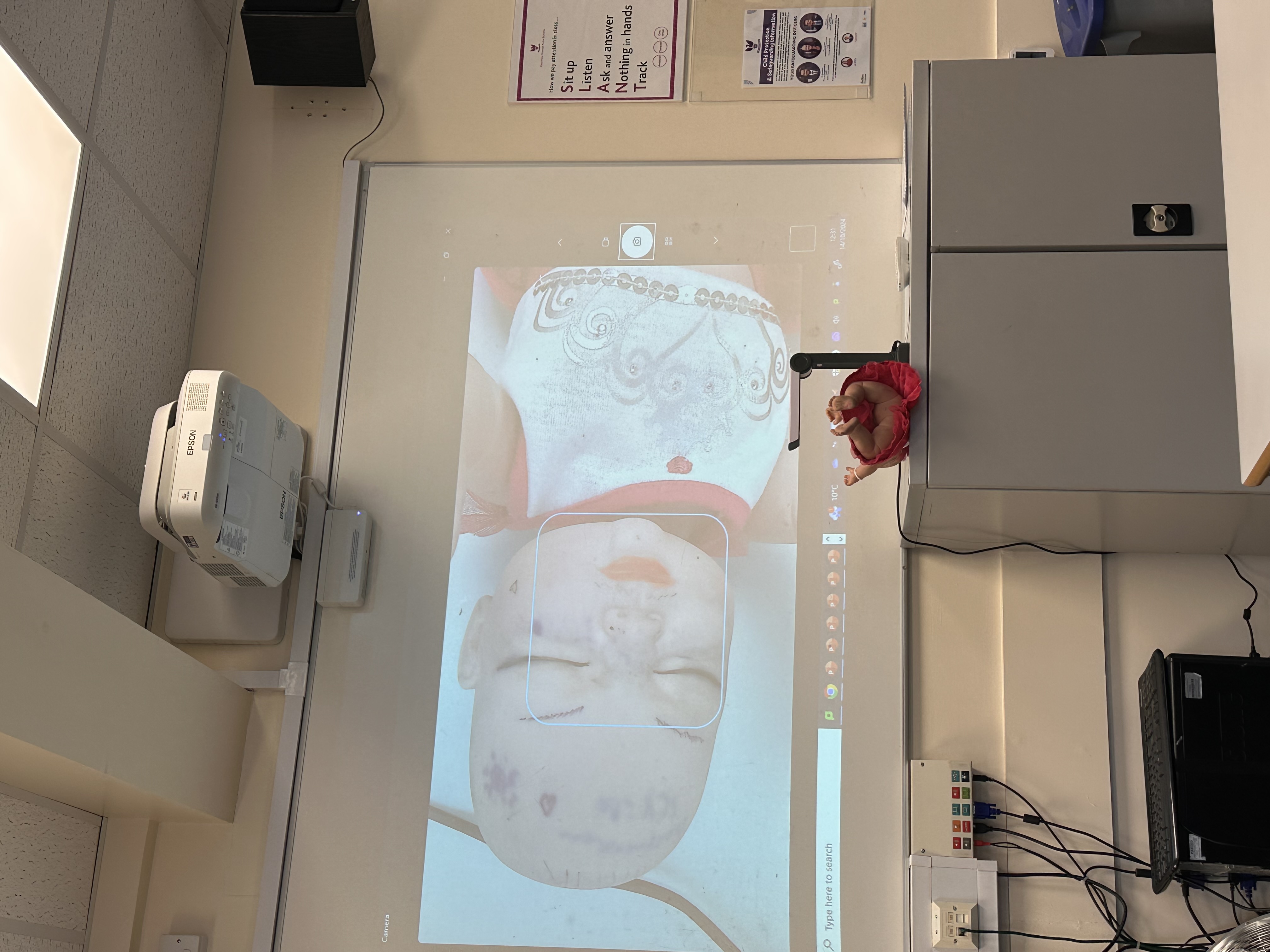The fight or flight response
Cards (7)
- Amygdala
- Sympathetic nervous system
- Other physiological changes
- When threat passes
- A limitation of research into the fight or flight response is that it has resulted in negative implications for victims of sexual assault.
- Another limitation is that the fight or flight typically reflects a male response to danger.
- strength of research into the fight or flight response is that it has resulted in positive applications when it comes to understanding and treating PTSD.
